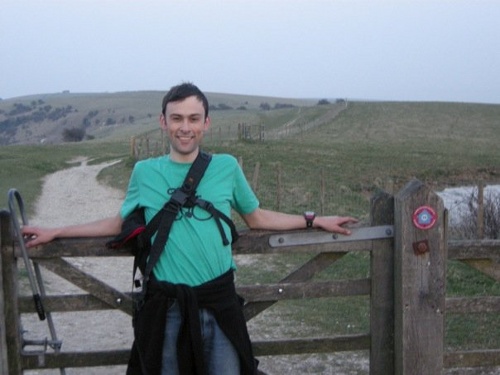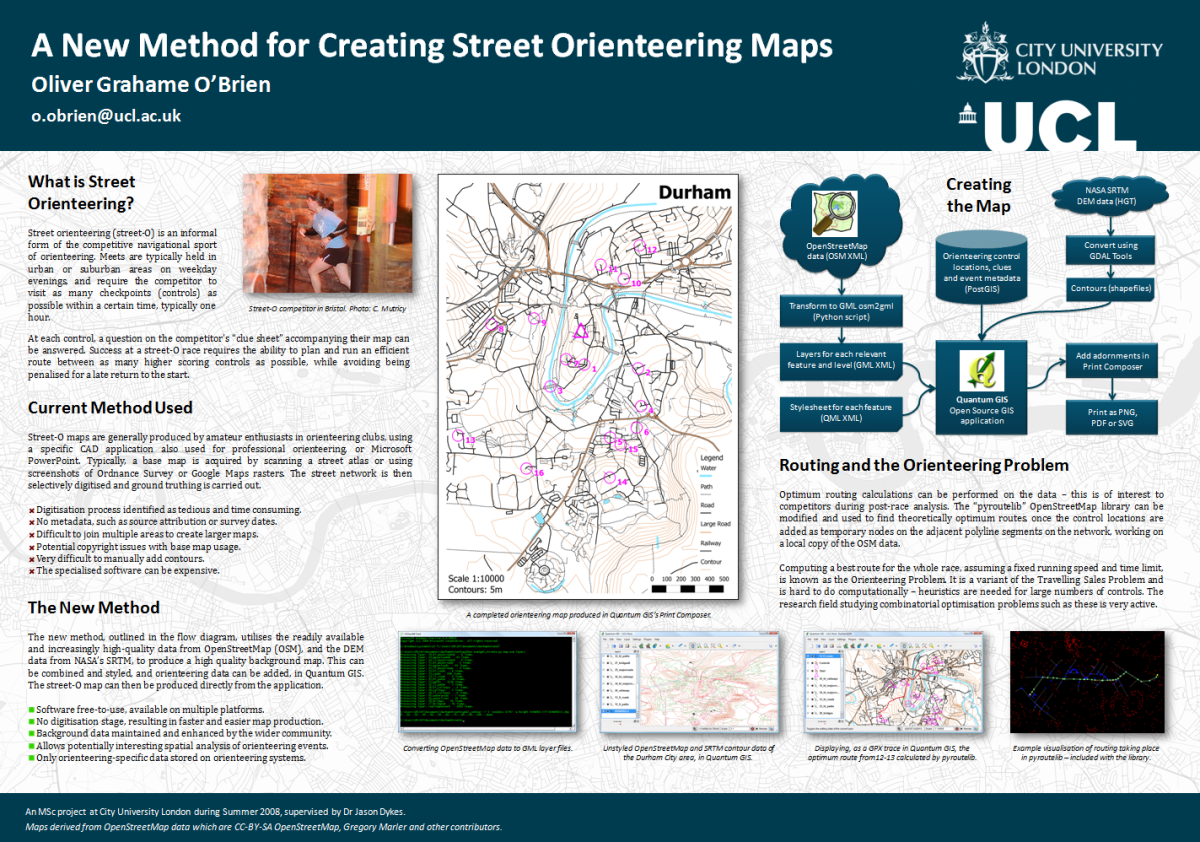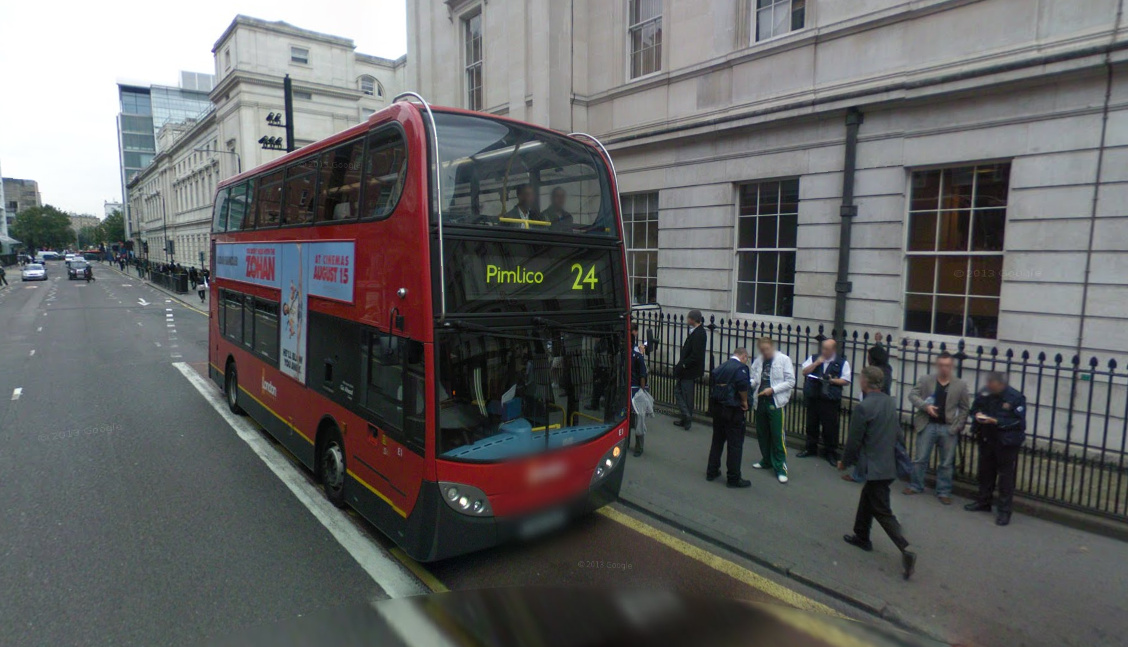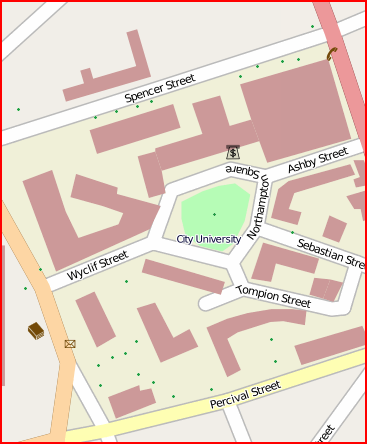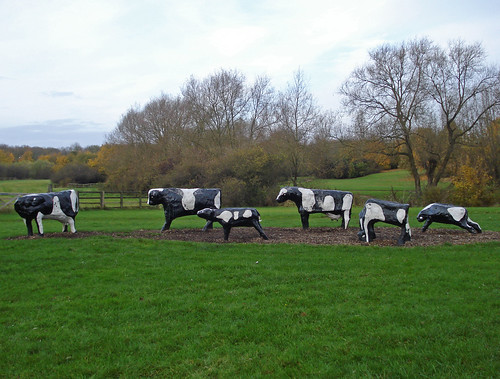I’ve already cycled from London to Brighton, but my new housemate suggested it on Saturday morning as it was such a nice day, so off we went.
The route and profile were pretty much the same time, so I won’t repeat them again here. The only variations were starting a couple of miles further back (as I’ve moved house), taking a pleasant detour through Tooting Park as Clapham High Street was closed, and not doing the kilometre-lengthening bit along Madeira Drive in Brighton itself. We also started earlier (just before midday) so the sun set this time when I was on the top of Ditchling Beacon, not at the bottom of it.
The traffic was noticeably busier, both in London and along the country lanes, which was a shame really – but using smaller roads would probably result in an even longer and hillier route. The cars going up and down the narrow road that climbs up Ditchling Beacon were particularly unpleasant.
Moving time was 5h 10 – slightly disappointingly taking 7 minutes longer than last year. However I was in considerably less pain this time and felt a lot fresher at the end – and didn’t get lost on the way from the sea-front to the station. Was too tired to get up early the following day though, so yet another weekend without orienteering.
